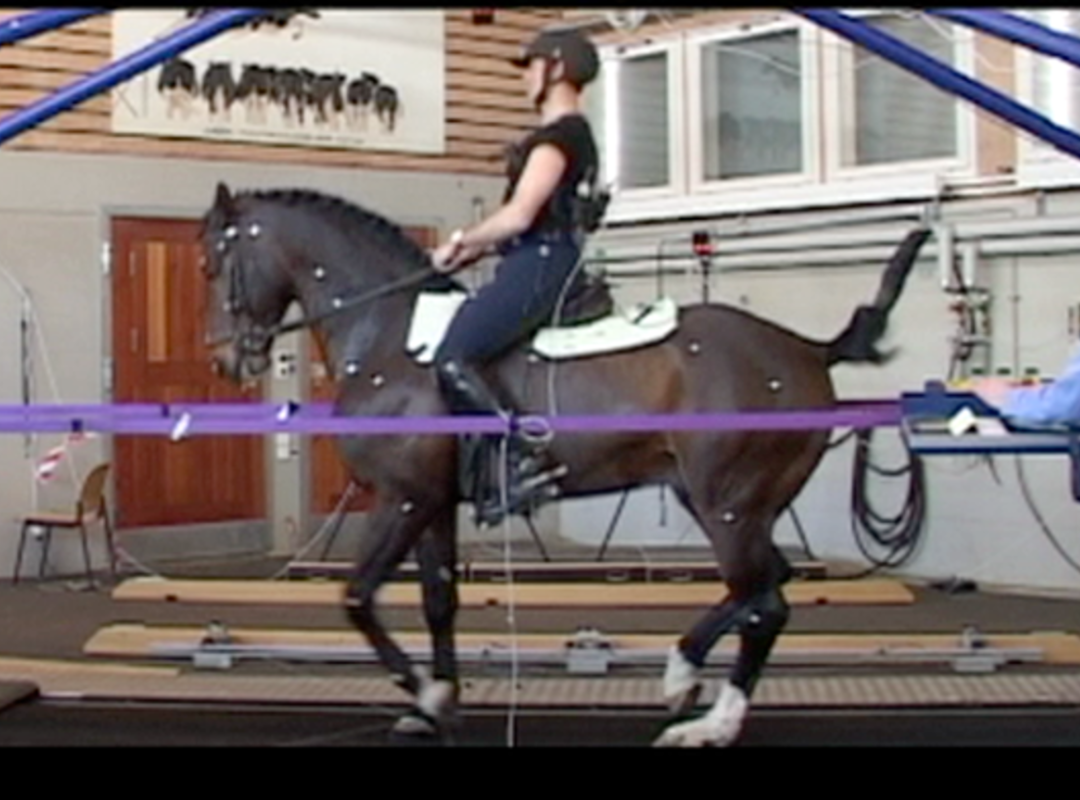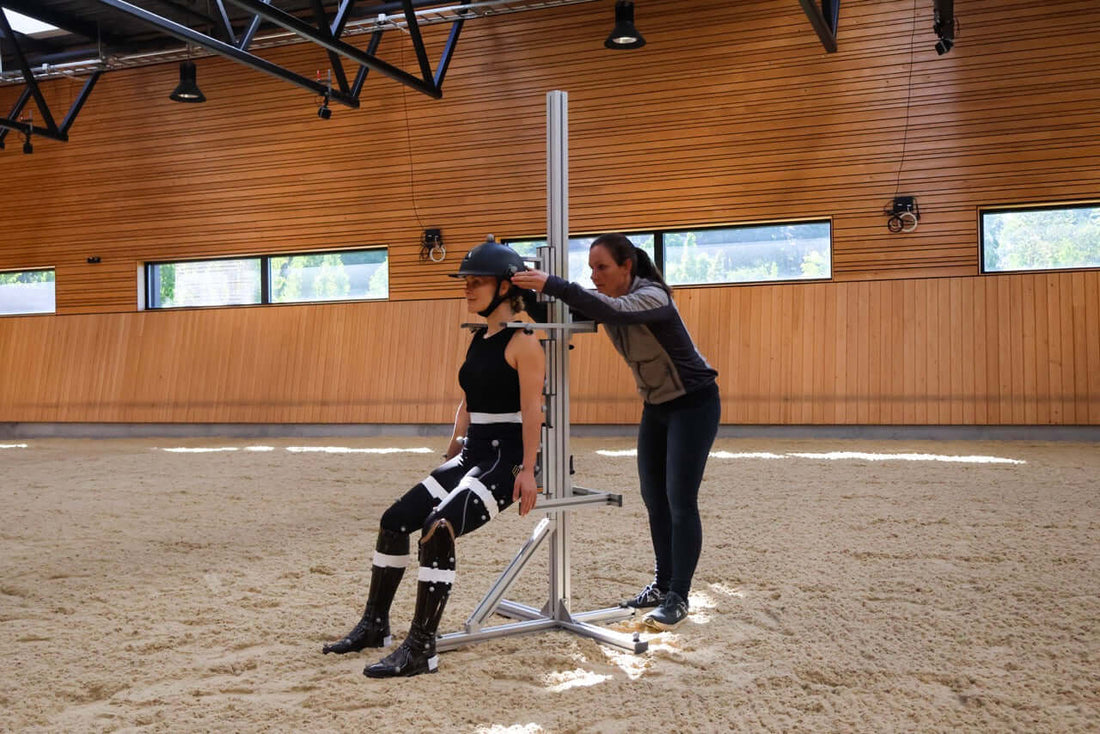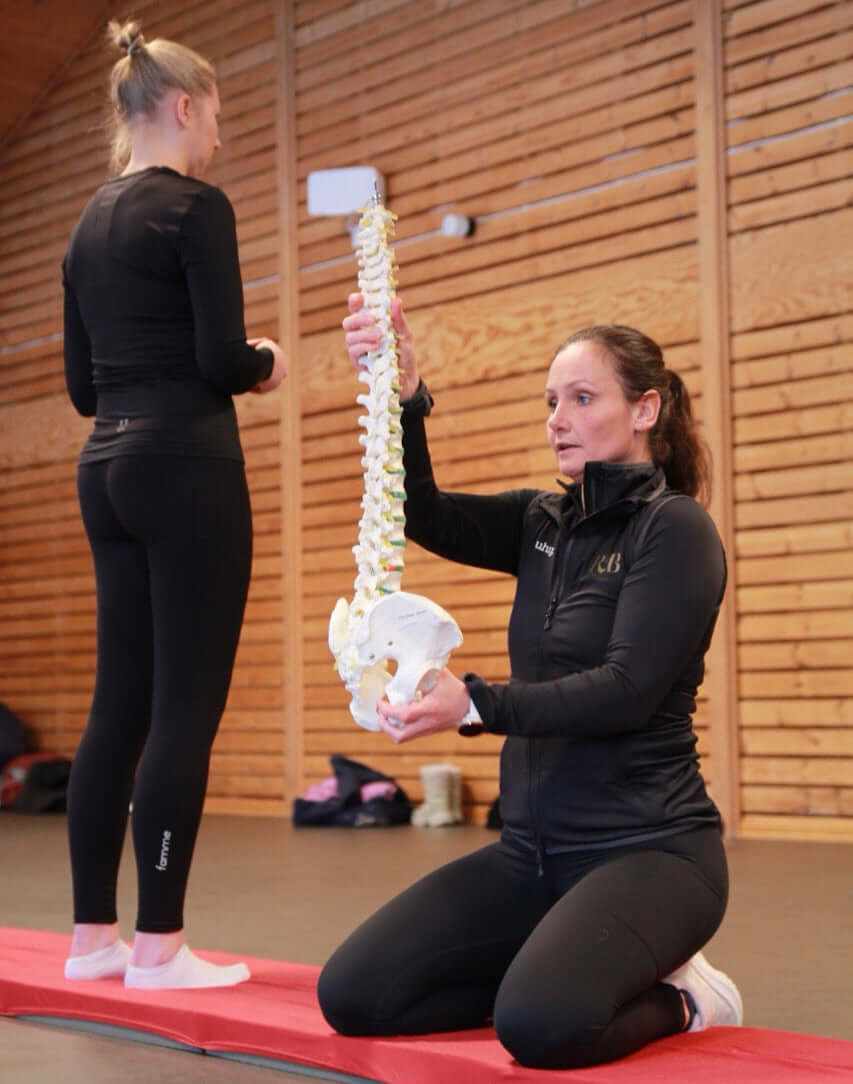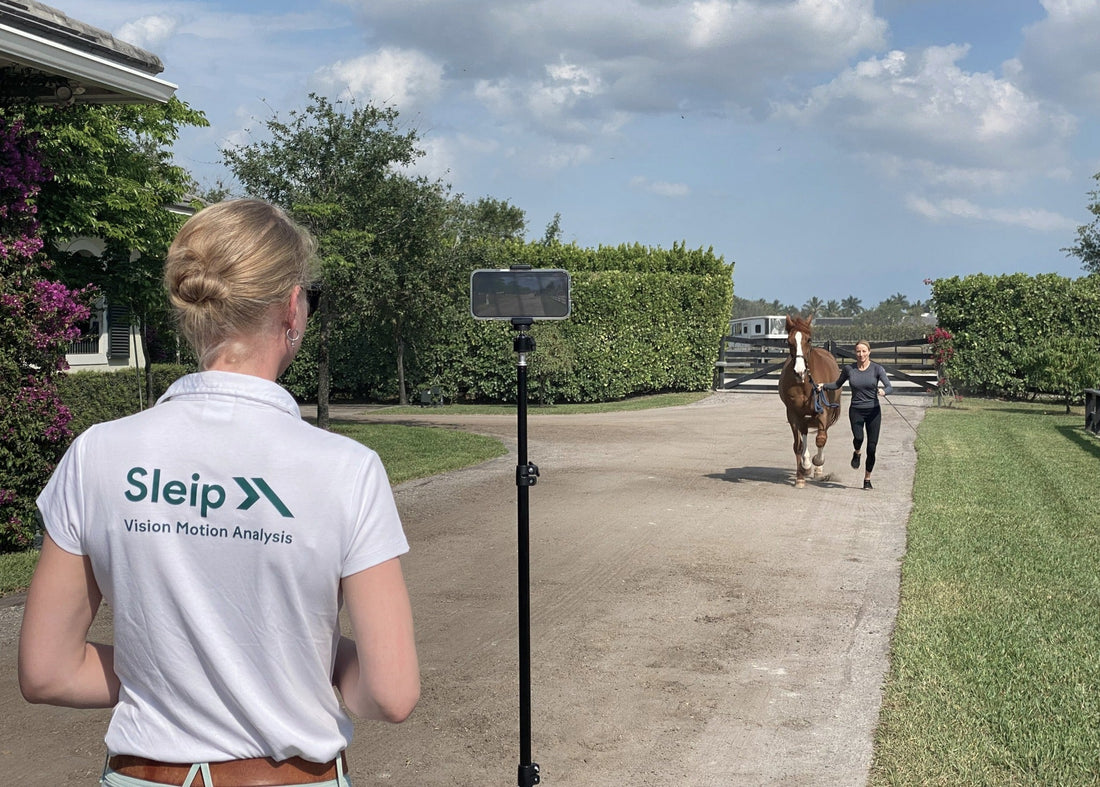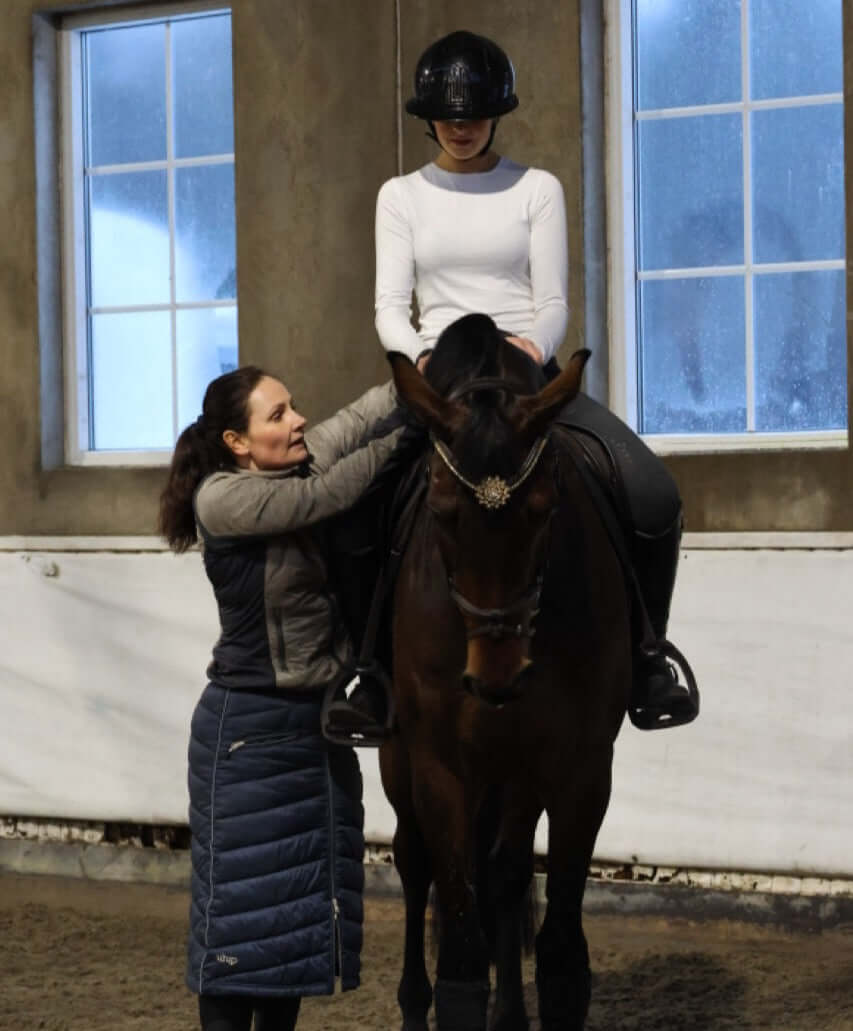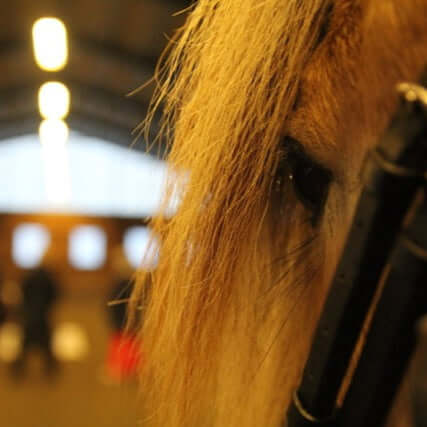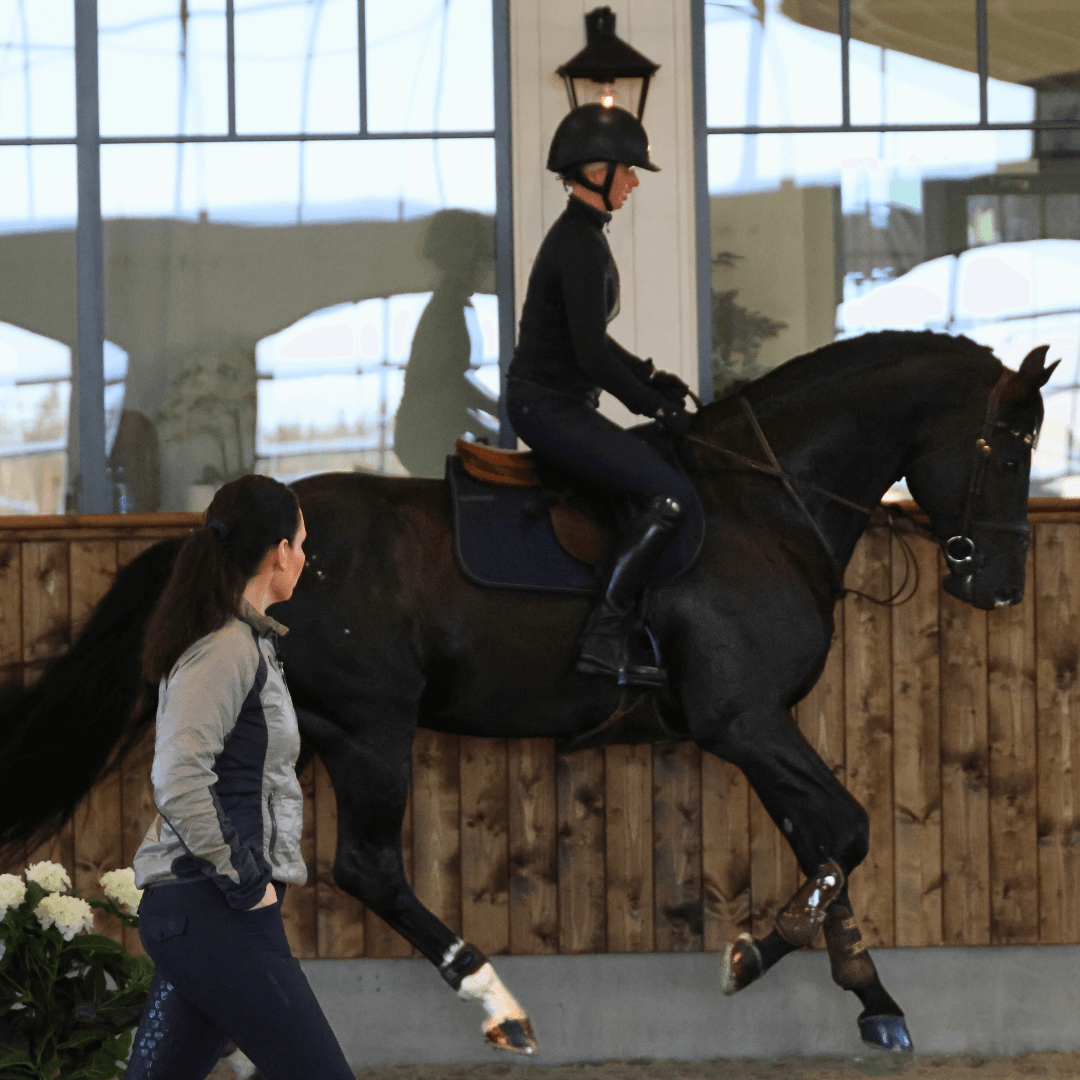Forskning
How do different forms of equestrian training affect performance?
The goal of this project is to create a plan for the future, and to create a healthier sport for both horse and rider, while striving for good performance and horse welfare. This project runs over 3 years and is done in collaboration with NMBU and SLU and is funded by The Horse Research Foundation . There are a total of 30 riders in the project, divided into 3 groups. The last group starts in the fall of 2025.
Learn moreTherefore, the rider's posture is crucial
This research study shows that the rider's body doesn't just affect the horse - it controls it. In two extensive studies from the Swedish University of Agricultural Sciences, Maria Terese Engell has revealed the importance of symmetry, balance and conscious control of one's own body in the saddle.
Learn moreCan you see if the horse is lame?
Lameness in the hind legs is one of the most common causes of reduced performance in horses, yet it is often difficult to detect – even for experienced veterinarians.
Learn moreHow does horse riding affect horse and rider?
How riding instructors teach has a major impact on both the horse's movement patterns and the rider's seat. This study shows that different teaching methods can be measured in the horse's biomechanics and the rider's movements. The results are relevant to anyone involved with horses - whether you are a rider, trainer or teacher.
Learn morePelvic movement in stride on vault: What does it mean for you as a rider?
What actually happens to the rider's pelvis when riding in a walk on a vault? And why is it important? An international research study co-authored by Maria Terese Engell has investigated exactly this – and the results have great significance for how we understand seat, balance and communication with the horse.
Learn moreHow your seat affects your horse's movements
How you sit on your horse has a direct impact on both your own balance and the horse's health. In a groundbreaking study led by Maria Terese Engell at the Swedish University of Agricultural Sciences (SLU), it was mapped for the first time how elite riders change their posture when they actively train their horse compared to when they sit passively and follow the horse's movements at a trot.
Learn more